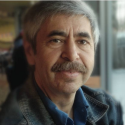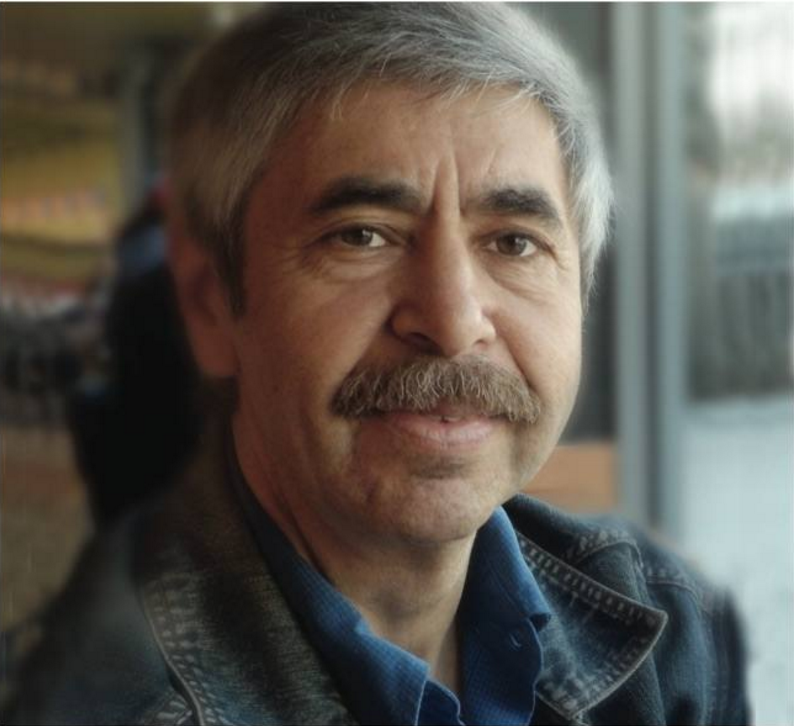A Scion Society of The Baker Street Irregulars

Numismatist Profile – Alex Shagin (2011)
“Without art, a coin collection is just another form of bookkeeping.”
– Alex Shagin

Alex Shagin’s life has always been about artistic freedom and enduring coins.
It’s been a long, but rewarding challenge for this defender of classical medal design. Born in Russia near Leningrad, on January 21, 1947, Alexander George Shagin is the only child of George and Ekaterina Shagin. He studied at the Vera Mukhina School of Arts and Design and completed his education in 1971. After serving in the Russian military for a little more than a year, he became an apprentice at the Leningrad Mint. “I spent 6 months on my diploma project, designing a medal to celebrate the 300th anniversary of Peter the Great,” Shagin recalls. “That was my first official medal, which was immediately placed in the Hermitage Museum’s Numismatic Collection.”
His work was met with enthusiasm, and he was recommended for appointment as a full-time sculptor/engraver. “This bordered on the impossible, because I had no contacts, no connections and no referrals… nothing. I was just a humble student of the craft, and suddenly, it became my destiny,” he says.
By 1974, Shagin had become the mint’s head engraver in responsibility, but not in title. He paid the price for not joining the Communist Party, and he never got the promotion he justly deserved. “I was doing the job of the chief engraver, but never appointed to the position.”
While working on the medals for the 1980 Olympic Games in Moscow, Shagin received a devastating blow. “They removed my name from my work and denied me credit by reassigning the entire collection to a low-ranking bureaucrat, who wasn’t even an artist,” he says. That was the beginning of the end.
In 1978 Shagin traveled to Poland for an exhibition of Soviet medals. The country was in the midst of democratic change, and he enjoyed the freedom of artistic expression. Upon his return to Leningrad, Shagin applied for an exit visa. Angered Soviet officials relieved him of his duties at the mint. After waiting more than a year, he was granted an exit visa and immigrated to the United States in 1979.
“From day one, my goal was to get back to the professional level of engraving I attained in Russia,” he says. “I owe a great deal to the American Numismatic Association and ANA Executive Director Emeritus Ed Rochette, who were instrumental in helping me get my career back on track,” Shagin claims. “I feel like I’m a big part of this community of people who love the art of coins.” In 1990 he received the ANA’s Numismatic Art Award for Excellence in Medallic Sculpture. He has created more than 1,200 medals that reside in museums and private collections around the world, including the Smithsonian Institution, Yad Vashem Museum, the British Museum and the Swedish Royal Medallic Collection. He has also crafted works for the U.S. Mint, Israel Government Coins and Medals Corporation, Singapore Mint, the White House and the ANA, to name a few.
“But your pocket is where you find the purest form of democratic art,” says Shagin. “An engraver is a scribe, and the coin a time machine that can deliver a universal message.”
Shagin has some advice for his fellow engravers. “It’s not about the money. An artist is the collective conscience of the people. However, coin design today is in the hands of people who fail to realize that medallic artists are part of society’s cultural fabric.” With Russia in the rearview mirror, Shagin’s struggles are but a distant memory as he works to promote numismatic art in America.
This article first appeared in the June 2011 issue of The Numismatist (page 89), official publication of the American Numismatic Association, www.money.org and is reprinted here with the permission of the Publisher.
 Robert B. Kelley was an Assistant Editor of The Numismatist at the time this article was written and currently is a Museum Specialist and Photographer Director for the American Numismatic Association.
Robert B. Kelley was an Assistant Editor of The Numismatist at the time this article was written and currently is a Museum Specialist and Photographer Director for the American Numismatic Association.
